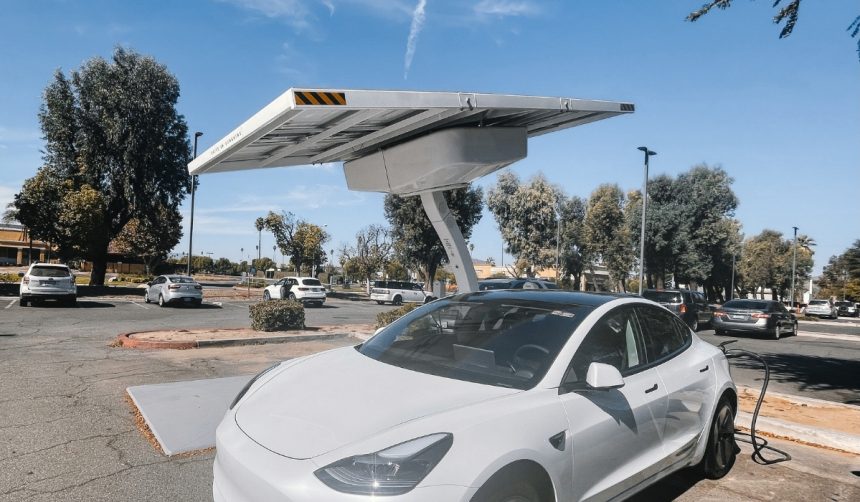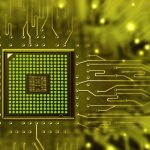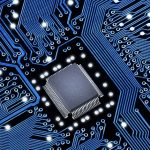Electric vehicle owners have long wanted more efficiency from their car features, especially when parked for extended periods. Concerns about battery loss remain one of the main drawbacks to always-on functionalities in connected cars. Drivers seek a careful balance between convenience and conserving energy, particularly when they do not have daily access to home charging stations. In response to recent feedback, Tesla is amending its ‘Actually Smart Summon’ (ASS) capability to address these real-world concerns and reduce unwanted battery consumption.
How Do the New Summon Standby Adjustments Work?
Tesla has revised the Summon Standby function included with the ‘Actually Smart Summon’ feature. From now on, this mode will be deactivated automatically every day between midnight and 6 a.m., hours determined by data analysis as the least likely for use. The company stated that this timed pause is mandatory and cannot be changed by users at this time. By instituting predictable sleep periods for ASS, Tesla aims to save several percentage points of battery each night for its owners. One Tesla spokesperson commented,
“We’re always looking for ways to improve efficiency for our customers.”
What Happens After Extended Parking?
In addition to scheduled overnight deactivation, Summon Standby now turns itself off any time a Tesla has been parked for more than 24 hours. This measure intends to further prevent battery depletion for vehicles left unused, such as during vacations or prolonged stays without charging. Tesla explained,
“Automatic deactivation after 24 hours ensures the battery is protected when the car isn’t in use.”
Like with the Low Power Mode feature, deactivation after extended parking helps drivers preserve charge during long idle periods.
Why Did Owners Raise Battery Drain Concerns?
Tesla drivers have reported losing between 2% and 5% of battery overnight, mainly owing to features like Summon Standby and Sentry Mode remaining activated while the car is parked. While these features offer added convenience and security, owners highlighted the impact on travel range, especially for those without access to regular home charging. Tesla has responded to these complaints in the past by updating Sentry Mode and introducing Low Power Mode that disables certain functions when battery levels fall below 20%. The recent tweaks to Summon Standby settings take these solutions a step further for the ASS function.
In earlier reports about Tesla’s connected features, users often expressed frustration about ‘phantom drain’ but faced fewer software management options. Previous updates mostly addressed Sentry Mode battery loss, not ASS-specific issues. As Tesla continues to expand its vehicle software, the latest modifications focus more directly on customizing always-on features based on user habits and maximizing real-world efficiency rather than leaving such features entirely to user control. Compared to former measures, these timed and context-based automations represent a more hands-off approach to battery saving.
By rolling out automatic deactivations for Summon Standby, Tesla is responding to a well-documented owner concern by offering more practical energy conservation. Users can still access the ASS feature, but may experience a brief reconnection delay if Standby has been turned off. Owners should check their settings to understand how these new rules may affect daily usage, particularly when planning trips or leaving the vehicle idle for extended stretches. For those relying on parked-car functions, awareness of these changes is key. Choosing between convenience and energy efficiency remains a personal decision, and Tesla’s latest software efforts give owners more clarity on what to expect.










